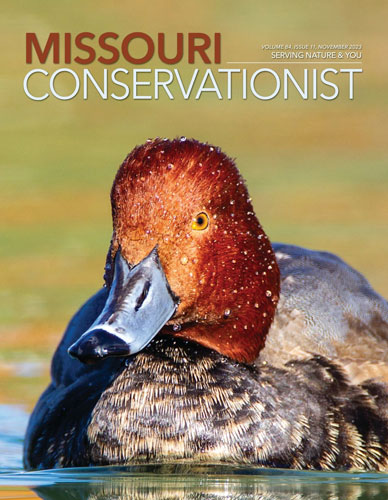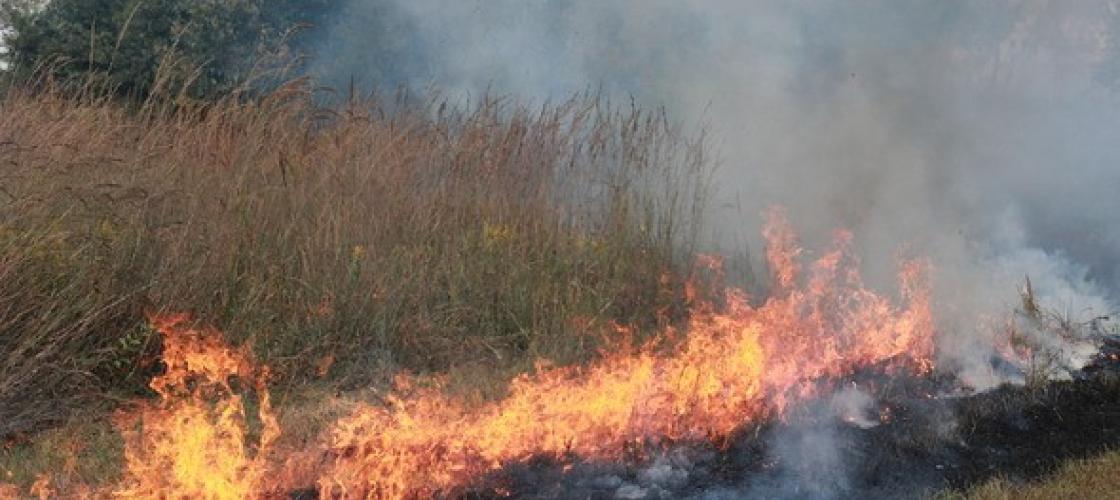
With a strong interest in nature, Mark Loehnig says he strives to maintain his family’s western Perry County farm in its natural state — “as nature intended it.”
Loehnig, a retired veterinarian, and his brother inherited their family’s farm. They strive to “reboot nature,” providing the type of early successional plants needed to produce more quail within the landscape.
Since 1985, Loehnig’s farm has been enrolled in the Conservation Reserve Program, a federal land conservation program that offers landowners incentives to remove environmentally sensitive land from agricultural production and plant species that will improve environmental health and quality. Managing that property requires the planned, controlled burning of the area.
“That’s my main reason of using prescribed fire on my farm,” Loehnig said. “It has produced the brood-rearing habitat that my farm once lacked.”
A PBA Was Born
Loehnig planted warm-season grass in 1998 and learned to manage the grass with prescribed fire, he said. But at first, he struggled getting enough volunteers to help conduct the burns.
“So, one day, a few years ago, I asked a fellow quail biologist to put together a list of landowners interested in using prescribed fire,” he said. “And soon after, a PBA was born.”
PBA stands for prescribed burn association, which is a group of landowners, land managers, and community members organized to make prescribed burning safer and more accessible.
Organized, Efficient, Safe
Shelton Sago, a retired optometrist, has owned 114 acres in southeast St. Francois County for 13 years. His first prescribed burn was completed in 2022 with help from the Foothills Prescribed Burn Association (PBA).
“PBAs provide an organized, efficient, safety-oriented means of conducting prescribed burns,” he said.
Sago understands the need for more fire and the creation of more PBAs.
Formed in 2019, the Foothills PBA — which draws members from Perry and Bollinger counties — joined nine other similar groups statewide.
The development of a strong PBA requires the participation of dedicated like-minded folks willing to donate some of their time to the benefit of others and fire-dependent ecosystems.
Wes Buchheit, an active Foothills PBA member and Missouri prescribed fire coordinating wildlife biologist with Pheasants Forever, Inc. and Quail Forever (PFQF), says he became more familiar with PBAs and their benefits as he engaged with the Missouri Prescribed Fire Council (MPFC) and served on the MPFC executive committee. Within those capacities, he assisted the Foothills PBA in their formation.
“PBAs help overcome the common hurdles in applying prescribed fire on private land, including lack of knowledge, training, experience, equipment, and people,” he said.
Buchheit describes it as people willing to help one another, “as a neighbor-helping-neighbor approach.”
“It usually takes between four and six people to properly conduct a prescribed burn,” Buchheit said.
In his current role with PFQF, Buchheit has been able to support existing PBAs and to help community members and conservation partners pursue PBA formations statewide.
Windows of Opportunity
PBA members are required to complete prescribed fire trainings, such as the MDC Prescribed Burning for Missouri Land Managers training, and possess a written burn plan.
“A PBA with engaged and committed members greatly enhances the probability that a burn will occur within those windows of opportunity,” he said. “It takes a commitment of time and resources on the part of landowners who value the preservation of these natural communities.”
Buchheit says training is the foundation in learning to conduct a prescribed burn, and participating on prescribed burns continues to build upon that foundation.
“Most landowners would like to participate on several burns before conducting one on their property,” he said. “Joining a PBA is the best way to be informed about every burn opportunity to gain hands-on experience and continue to build their prescribed fire skills and abilities.”
Most PBAs set annual membership dues at $25 and require members to assist with one to two burns before receiving help with their prescribed burn, he says.
Established PBAs have been able to obtain proper prescribed burn equipment — drip torches, backpack blowers, water units, two-way radios — through grants and donations from members and local businesses. Support is also obtained from grants, made possible by agencies and not-for-profit conservation organizations, including MPFC, the National Wild Turkey Federation, PFQF, and MDC.
In addition to proper funding, Sago says safety and sufficient manpower are imperative for the success of a PBA.
“More volunteers provide more timeframes to conduct burns,” he said. “Adequate weather windows sometimes are few and short. More volunteers can provide the needed manpower for the short windows to conduct more burns safely.”
Fire in the Toolbox
Fire is a tool that is extremely useful when correctly applied to achieve an objective. In Missouri, there are numerous natural communities that benefit from and may be dependent on periodic fire. Some examples include prairies, glades, woodlands, and savannas.
“Periodic fire helped shape Missouri’s fire-adapted plant communities and can be used to manage natural communities, agricultural lands, and to help control invasive species,” said Buchheit. “Prescribed fire is arguably the most efficient and cost-effective land management tool we have. It holds the power to restore and maintain habitat all through a natural process.”
And to dive even deeper, prescribed fire reduces fuel loads to lessen the probability of and intensity of wildfires, according to Buchheit. It can set back target plants and can also help promote desired plant species within an area, he says. Plant response is largely influenced by timing, fuel conditions, and ignition techniques of the prescribed burn.
MDC agrees, understanding fire sets back woody seedlings and saplings, removes litter, and stimulates native forbs, grasses, and tree species, such as oaks and shortleaf pine.
Many landowners and land managers recognize the benefits of fire but don’t know where to begin or how to ask for assistance with conducting their own prescribed burns. The use of prescribed fire is a very effective and efficient tool, said Paul Breitenstein, vice-president of Foothills PBA and an MDC volunteer with more than 40 years of service as a structure and wildland firefighter. However, it must be done safely. A PBA with properly trained and mentored members greatly expands that margin of safety and probability a burn can and will be completed, giving native habitats the chance to flourish, he said.
“In order for habitats and ecosystems to be healthy, some means of rejuvenation need to take place.”
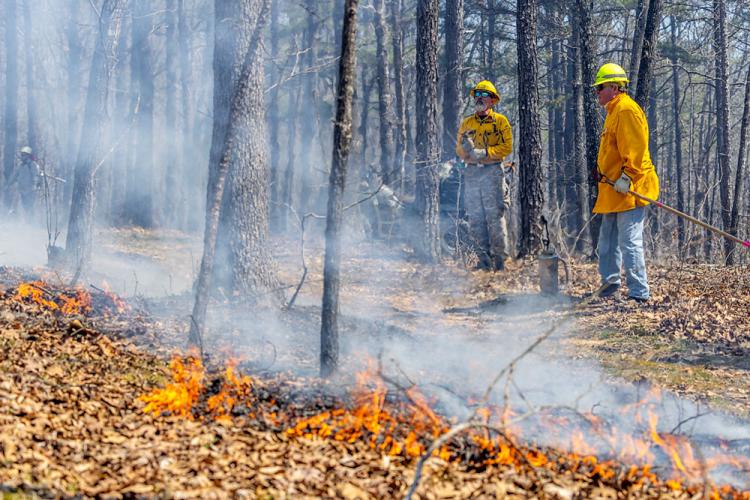
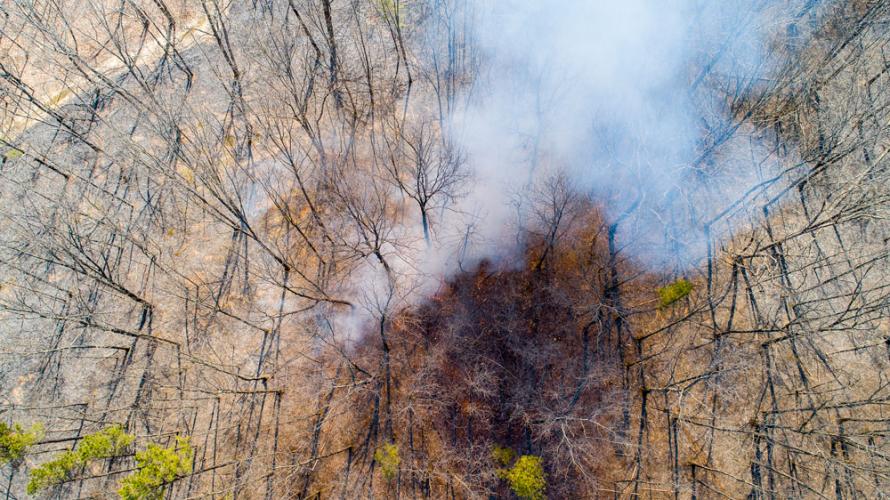
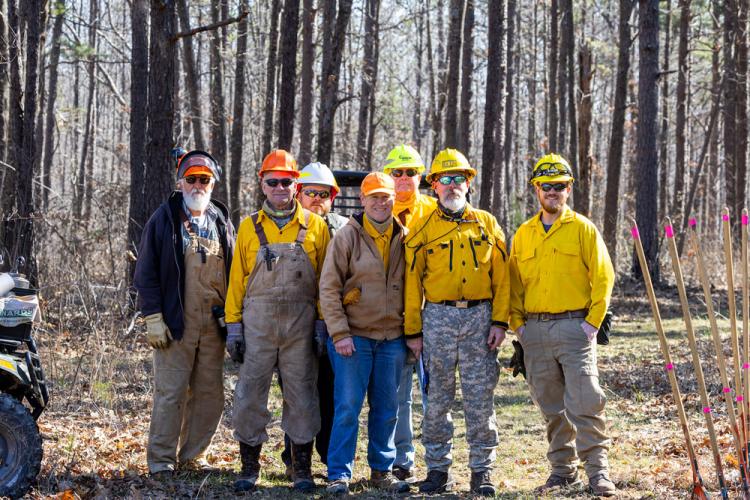
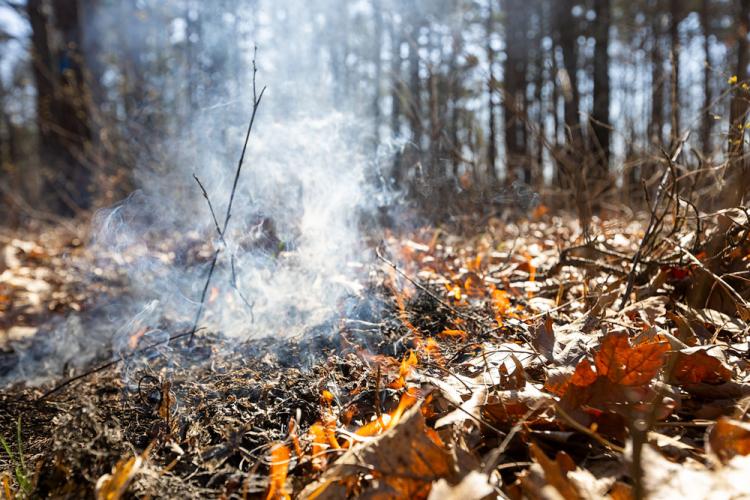
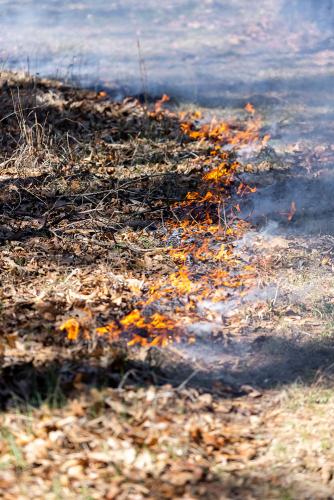
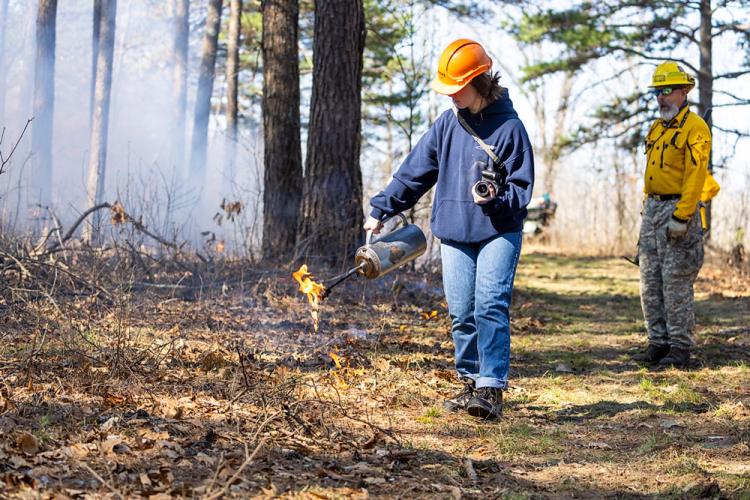
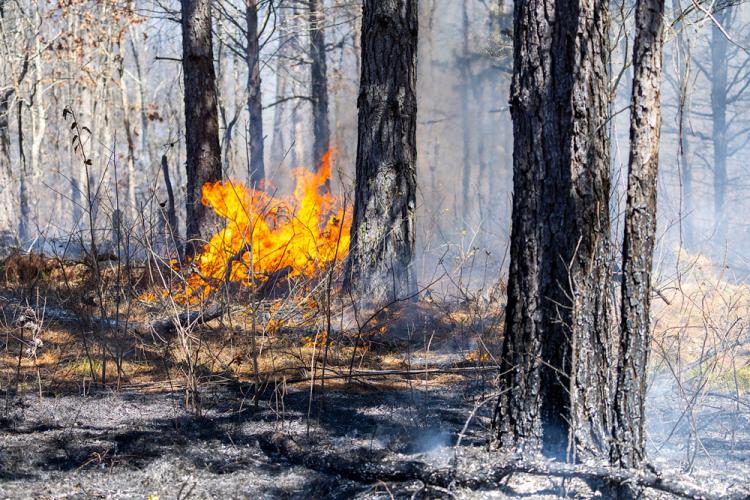
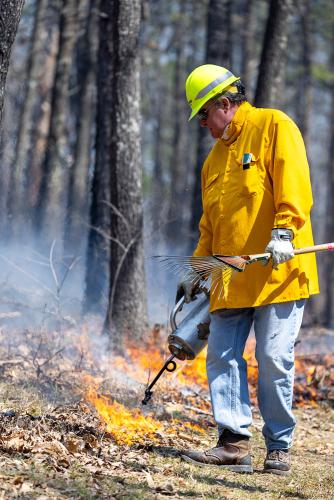
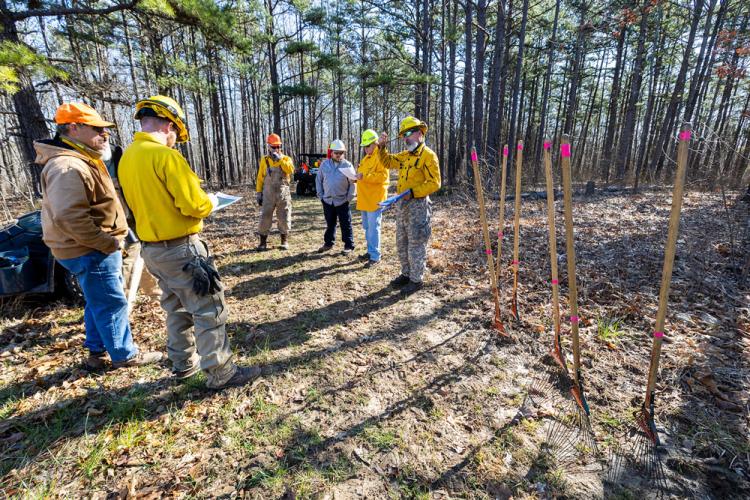
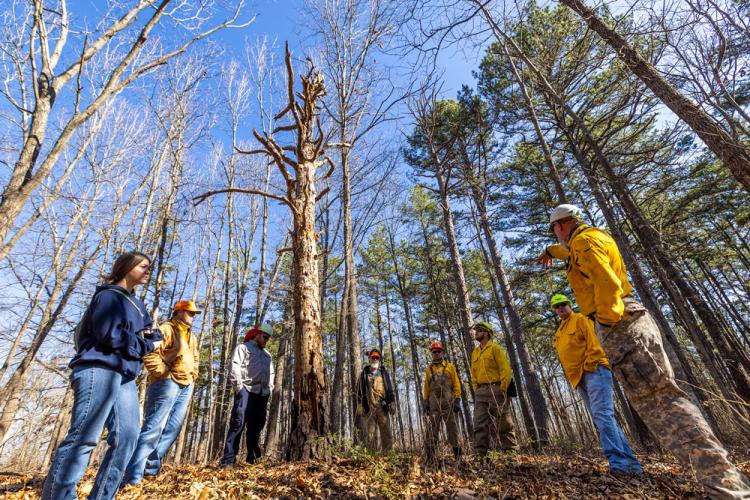
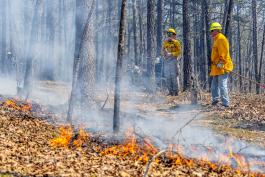
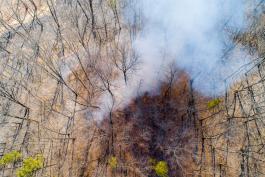
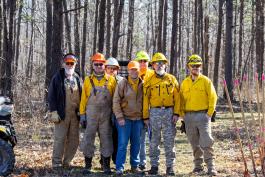

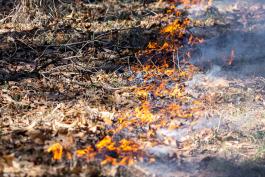
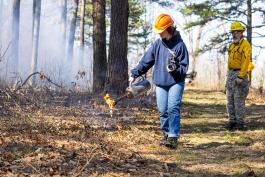
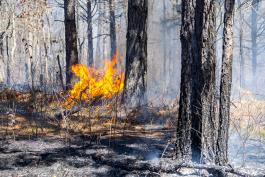
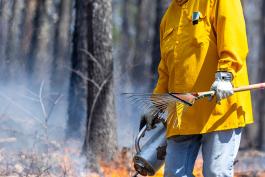
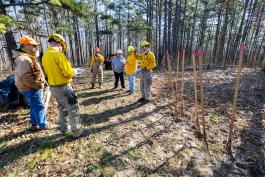
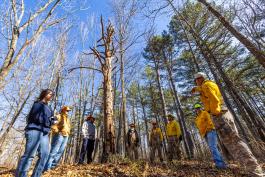
Also In This Issue

Prized for more than just their pelts, they are a diner’s delicacy
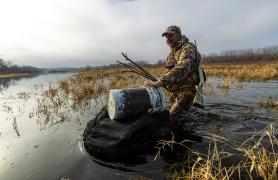
Waterfowl hunting is more affordable at MDC’s public wetlands
And More...
This Issue's Staff
Editor - Angie Daly Morfeld
Associate Editor - Larry Archer
Photography Editor - Cliff White
Staff Writer - Kristie Hilgedick
Staff Writer - Joe Jerek
Staff Writer – Dianne Van Dien
Designer - Shawn Carey
Designer - Marci Porter
Photographer - Noppadol Paothong
Photographer - David Stonner
Circulation – Marcia Hale






















